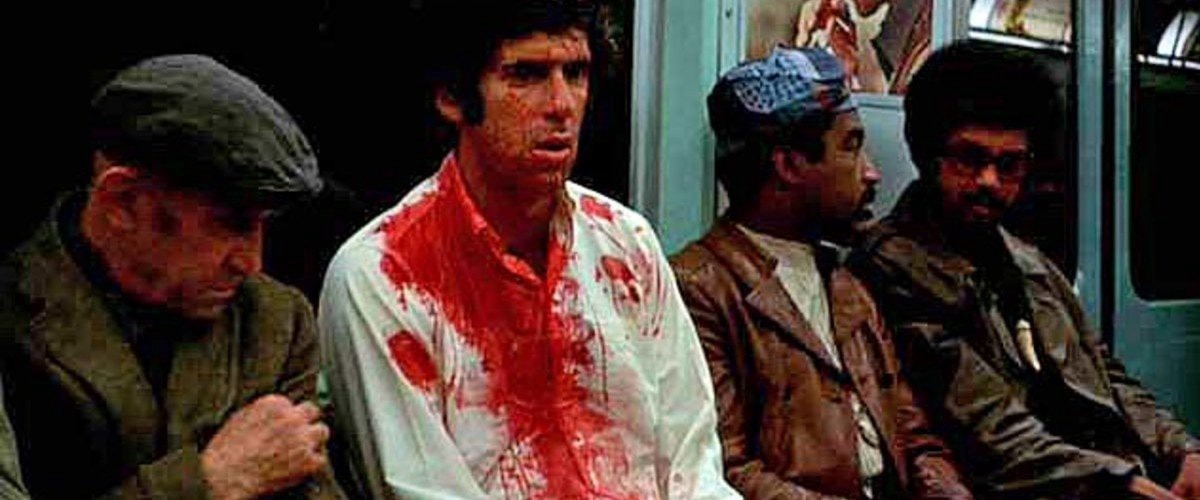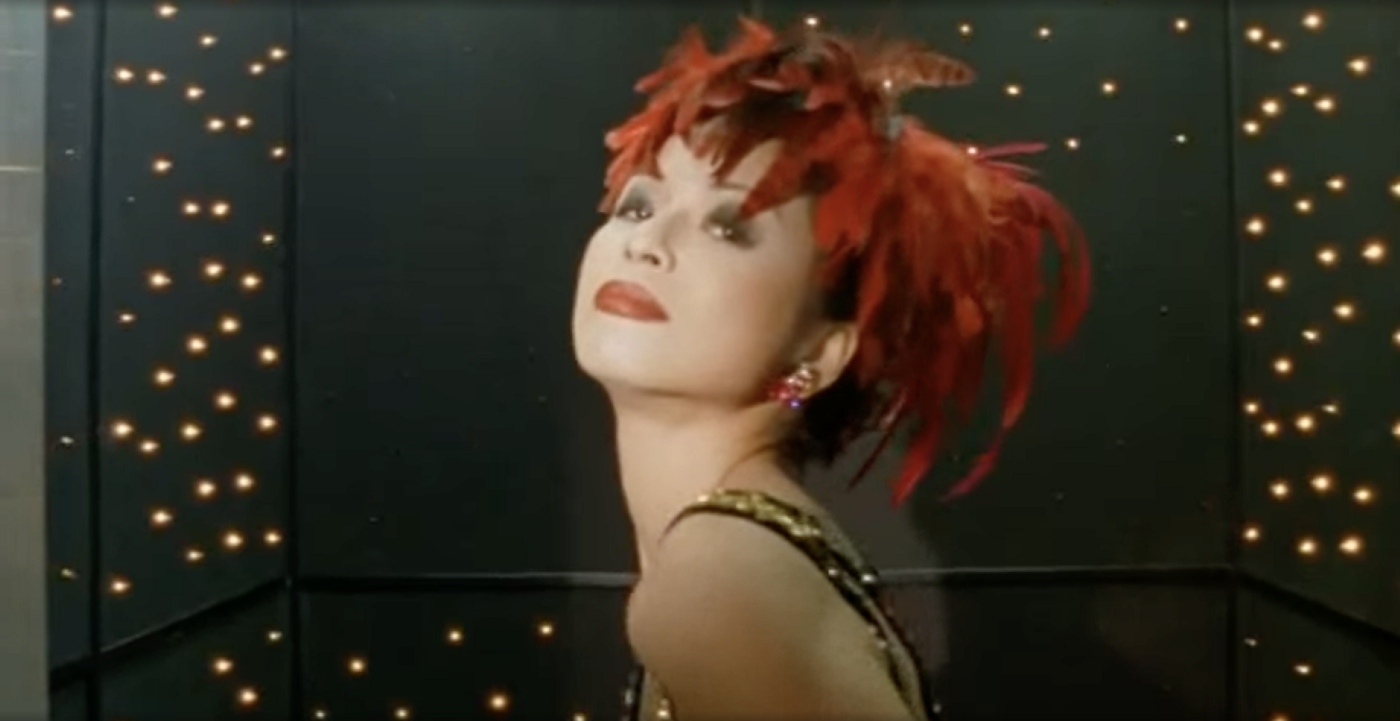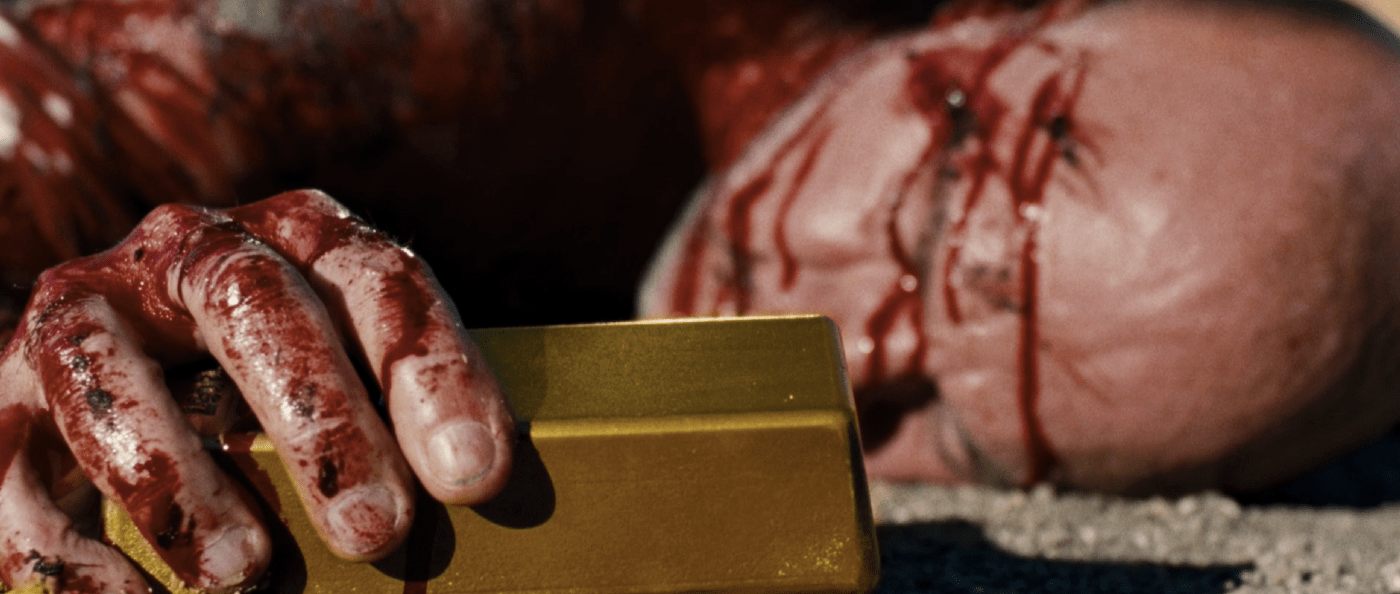
We The Animals has no literal narrator. There is no disembodied voice leading the audience through the film, but there is a palpable sense of narration. It is clear that we are watching the memories of the main character, Jonah. He is one of three brothers living in a dysfunctional household in rural New York. When the three boys are together they are wild, mischievous and exuberant. They have their own micro-culture that ties them tightly together almost as if they have one body. They are close in age, somewhere around 10. Jonah’s one bit of separation from his brothers is when he slips under the bed at night to write and draw in a composition notebook he keeps in the mattress. The drawings often come to life through animation and allow us to enter Joanh’s mind. There are no words, only scratchy black figures playing out dream-like imagery that dives, morphs and flies around the screen.
Jonah’s position in the narrative is one seen in many films, especially coming of age films that deal in the past and memory. Stories like Stephen King’s Stand by Me, S.E. Hinton’s The Outsiders, or Jean Shepard’s A Christmas Story present us with one character who is special, one that has one foot outside the story. A foot that stands next to ours and guides us.
We The Animals was directed by Jeremiah Zagar in 2018. It was based on a 2011 novel by Justin Torres. True to the form of the book the film never stays in one place very long.
Scenes are short and editing cuts are frequent. Most of the filming is hand held and uses available light. The end result is a feeling of reminiscence. Memories don’t provide full stories. They center around a few salient moments that we then weave into stories. This describes the structure of We The Animals, the weaving is done by an implied weaver. The narrator is seen and felt through the camera and the editing.
Bildungsromane present a difficult challenge for the author. If the narrative involves children, the narrator, or lead character, is often given wisdom or insight that is beyond his or her years. Compare Ponyboy from The Outsiders to Kayla from Eighth Grade. Ponyboy is a thoughtful, poetic, and insightful young man. He is able to understand the people and situations in his life in a way that none of the other characters can. In contrast Kayla provides a developmentally accurate depiction of a 13 year old girl. Her understanding of herself and the world is still emerging. Compare Gordie from Stand By Me with Missy from Welcome to The Dollhouse and you get a similar dynamic where Gordie has a self-awareness that Missy lacks.

In We The Animals Jonah falls somewhere in the middle of the spectrum. When he is with his two brothers he’s a one of the wild, little animals, but when he is alone he becomes thoughtful and reflective. Unlike any of the other film characters mentioned his inner dialogue is never heard directly. His inner depth is implied through shots of him watching the others. His eyes seem innocent and absorbent, in need of protection. He does not often speak but when he does its to ask a prying and important question. He looks at his father and asks “Why did you leave?” After his father answers he asks “Why did you come back?” He doesn’t argue or discuss these questions, he just bluntly drops them and takes in the answer.
These two questions illustrate the fine line between a narrator who is precocious or just average for his age. They are direct and to the point in a way that could be seen as either appropriately blunt because they come from an 10 year old or as cutting because they come from an insightful preteen.
Jonah’s drawings are also a good example of this tension. They are meant to look messy and awkward but they are not. They may be loose and gestural but they look like Francesco Clemente or Louise Bourgeois drawings. Its unclear if the director intended for them to be facsimile’s of children’s drawings, or if he wanted them to display an unusual level of talent. They may have been meant to transcend the context in which they were presented and become an entity unto themselves, like a film within a film.

Jonah starts the film as an undifferentiated facet of a tightly knit whole with his two brothers. As the film progresses Jonah begins to individuate from his family. His emerging personhood leads to a more idiosyncratic and subjective camera. We have accepted that we see things through Jonahs eyes but what we see gradually loses touch with what the others characters see. Jonah is not losing his sanity, the audience is just moving deeper into his individual experience. The world becomes more magical, more open to interpretation. The audience, looking through Jonah’s eyes sees people fly, or disappear. They are reflections of Joanh’s imagination as he wrestles with his own sense of who he is and where he belongs.

Each bildungsroman has a different level of subjectivity. The more subjective the narrative the less room there is for guided self-reflection and objective insight. If we are watching a character who belongs to a world or situation that limits their self awareness, it doesn’t make sense to depict them as psychologically sophisticated. In his film TheThin Red Line, Terrence Malick, makes it seem as if the United States Army only drafts philosophers and poets. The infantry men ponder existential angst and moral conundrums as if they have a copy of Kierkegaard’s Stages On Life’s Way stuffed in their back packs.
In a film that takes a more distant, objective stance we can allow for the conceit that one of the characters is a reflection of the author, or that they are particularly perceptive for their age.

The narrator character has to span four worlds. One where he exists as a character in the film and one where he exists in our world where he communicates with us directly. The third is the world that the characters inhabit with all its idiosyncratic perceptions as opposed to a world that also exists inside the film but is outside his little group. Ponyboy and Gordie are like their friends, they are one of the gang, but they are also outsiders able to reflect on what is happening from a more distant view point. This four faceted person is often the creative, sensitive, introverted type. In We The Animals Jonah fits this description.
Jonah’s journey takes him from an immature, undifferentiated family member to an emerging individual with his own ideas and feelings. Jonah’s sexual development and realization that he is attracted to the same sex isolates him. He is becoming something his family does not understand. His actualization is an inexorable force pulling Jonah out of his home world whether he wants to leave it or not. Joseph Campbell’s hero’s journey ends when the hero returns home triumphant. We the Animals ends when the hero leaves home to begin this journey. For Jonah finding his path was the goal. Where it leads is not the point what maters is that the path is his own.

If you enjoyed this article click here for more
www.filmofileshideout.com/archives/the-role-of-conflict-in-tomcat



